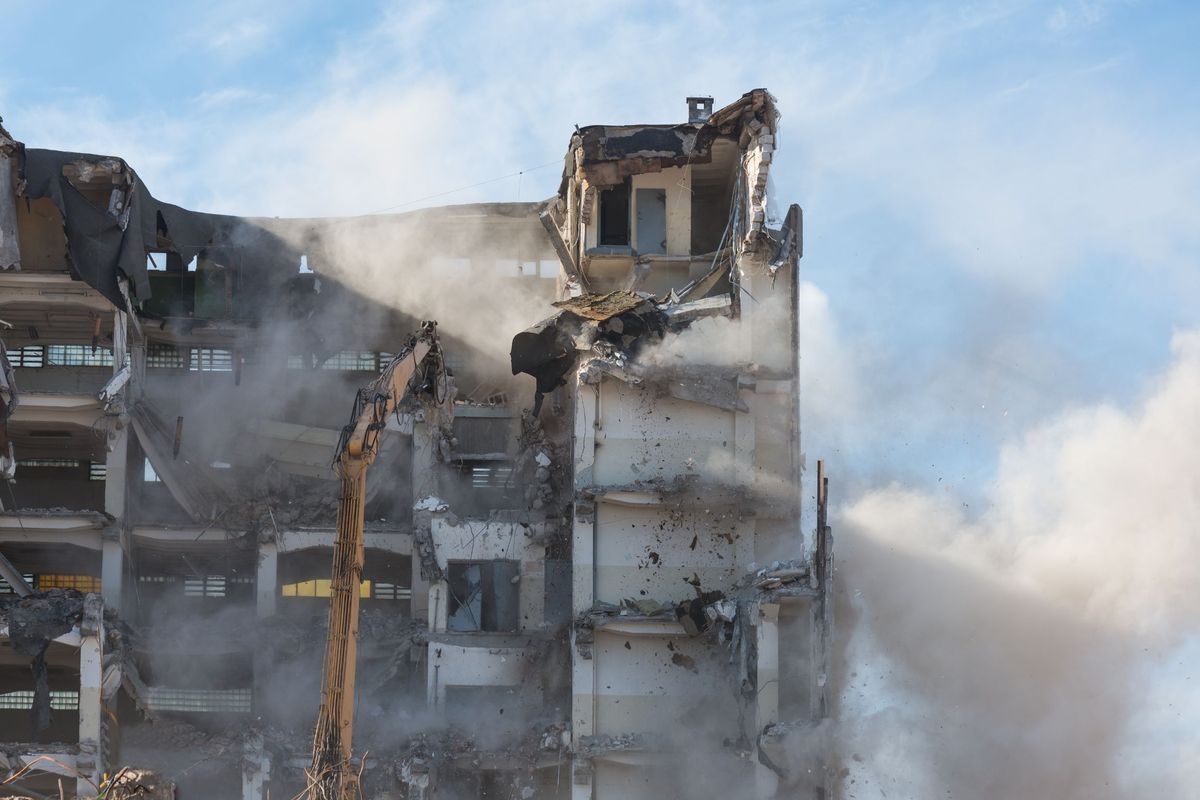Building Repair Projects That Extended Lifespans by Decades
Buildings, like all structures, experience wear and tear over time due to environmental factors, usage, and aging materials. However, timely and strategic repair projects can significantly extend a building’s lifespan, ensuring safety, functionality, and economic value for decades. Here are some noteworthy examples of how repair efforts have breathed new life into aging structures.
- Structural Reinforcement: The Backbone of Longevity
One of the most critical aspects of extending a building’s lifespan is addressing structural weaknesses. For example:
- Case Study: Retrofitting for Earthquake Resilience A 50-year-old commercial building in a seismic zone underwent retrofitting to meet updated earthquake safety standards. Engineers reinforced the foundation, added shear walls, and installed steel braces. The project not only safeguarded the structure but also increased its market value and extended its usability by 30 years.
- Facade Restoration: Beyond Aesthetics
The facade of a building is not just about appearance—it protects the structure from environmental damage. Addressing facade deterioration can prevent costly future repairs.
- Case Study: Stone Facade Renewal A century-old heritage building with a crumbling stone facade underwent a meticulous restoration. Specialists cleaned, repaired, and sealed the stones, while replacing damaged sections with matching materials. This effort preserved the historical integrity of the building and added 40 years to its lifespan.
- Waterproofing: Guarding Against Silent Killers
Water infiltration is one of the most damaging factors for buildings, leading to mold growth, corrosion, and weakened structures. Comprehensive waterproofing solutions can mitigate these risks.
- Case Study: Roof and Basement Waterproofing A residential complex suffering from persistent leaks underwent a full waterproofing overhaul. Advanced membrane systems and sealants were applied to the roof and basement areas. This project halted further damage and ensured the building’s structural health for at least 25 more years.
- Electrical and Plumbing Overhauls: Modernizing for Efficiency
Aging electrical and plumbing systems pose safety risks and inefficiencies. Upgrading these systems can make a building safer and more functional.
- Case Study: Apartment Complex Utility Upgrade An older apartment complex replaced outdated wiring and plumbing systems with modern, energy-efficient solutions. This not only reduced utility bills but also increased the property’s lifespan by 20 years, meeting current safety codes and tenant expectations.
- Roof Repairs: First Line of Defense
The roof is a building’s primary shield against weather. Neglecting roof maintenance can lead to extensive damage, while proactive repairs can yield long-term benefits.
- Case Study: Green Roof Installation A school building with recurring roof leaks replaced its old system with a green roof. The new roof provided better insulation, reduced energy costs, and extended the building’s lifespan by 30 years while contributing to environmental sustainability.
- Fire Safety Upgrades: Protecting Lives and Property
Updating fire safety systems ensures compliance with modern regulations and protects occupants.
- Case Study: Retrofitting a Historic Hotel A historic hotel integrated modern fire safety systems, including sprinklers, alarms, and fire-resistant materials, without compromising its architectural charm. This investment increased guest confidence and ensured another 40 years of safe operation.
- Sustainable Renovations: Future-Proofing Buildings
Incorporating sustainable practices into repair projects not only extends a building’s life but also aligns with modern environmental standards.
- Case Study: Office Building Energy Retrofit An old office building received an energy retrofit that included solar panels, energy-efficient lighting, and upgraded insulation. This reduced operational costs and extended the building’s functional life by 35 years, making it a benchmark for sustainable redevelopment.
Conclusion
Building repair projects are more than just a stopgap—they are transformative efforts that ensure structures stand the test of time. By addressing key areas such as structural integrity, waterproofing, utility systems, and sustainability, these projects not only extend the life of buildings but also enhance their value and usability. Investing in timely and strategic repairs is a cost-effective way to preserve our architectural assets and create safer, more resilient communities for future generations.

